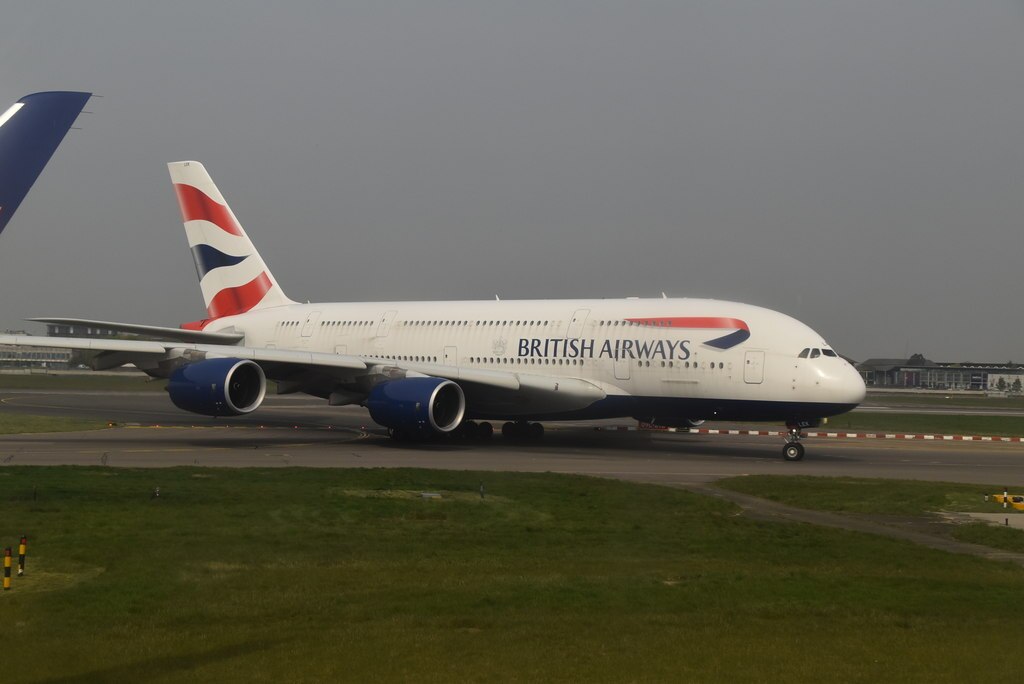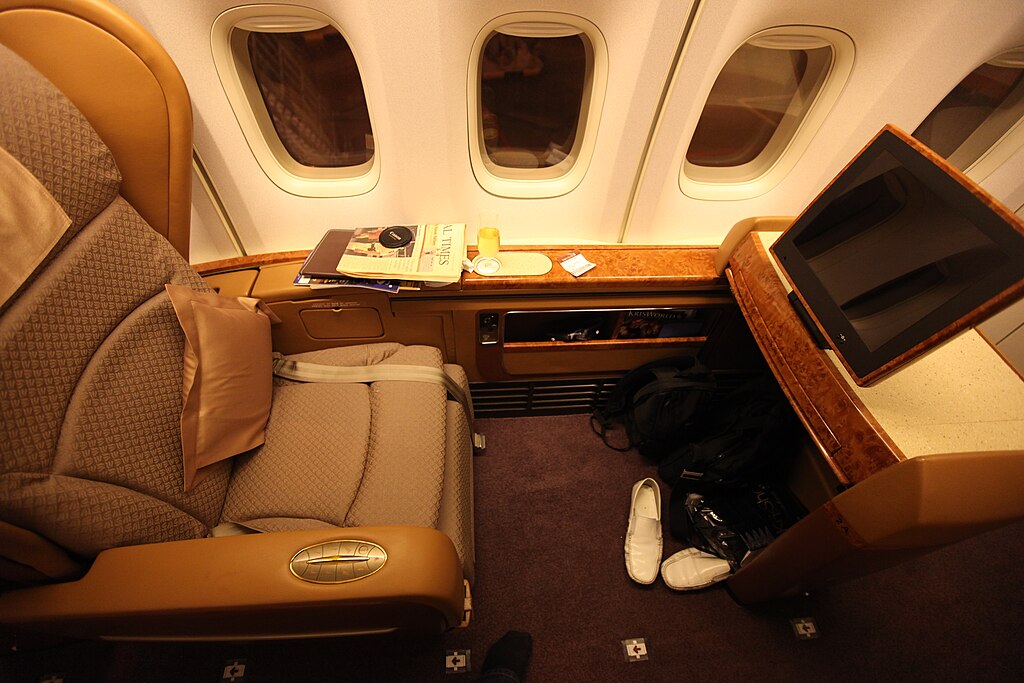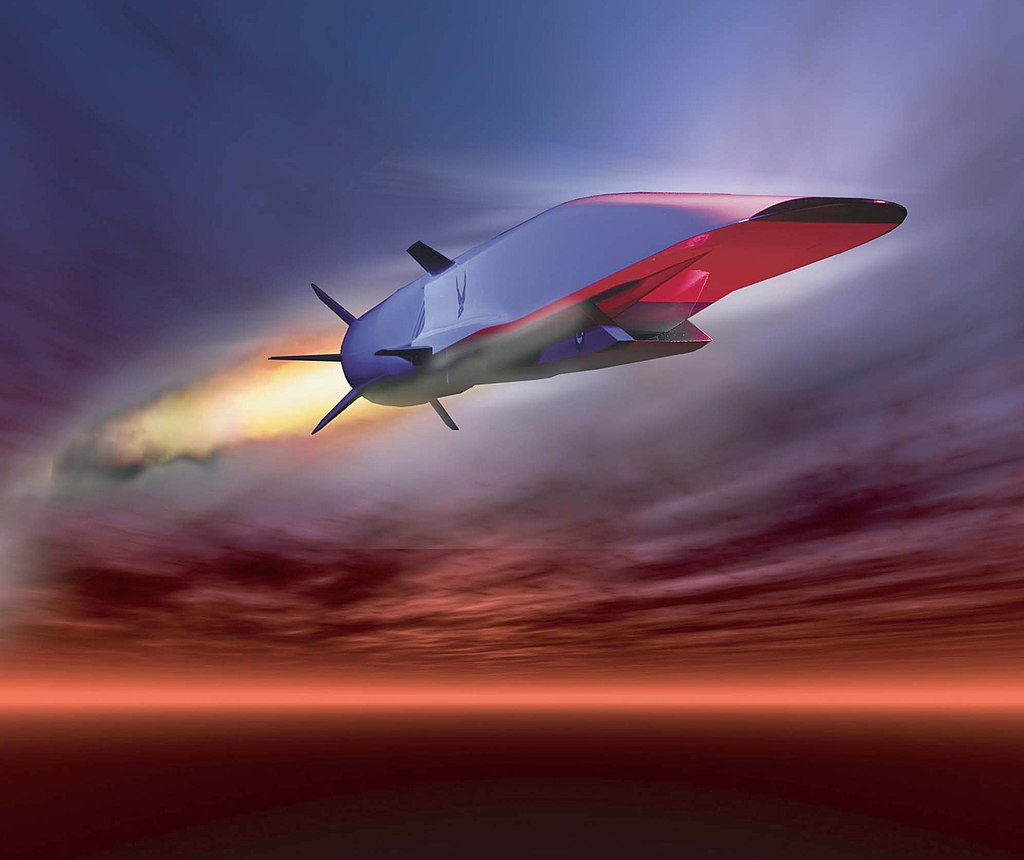
Photo: Brian Robert Marshall | Wikimedia Commons
A layperson’s understanding is that increasing the speed of commercial aircraft would be a boon for the aviation community. [After all, there are already discussions about whether a supersonic aircraft can fly to space]. A report from BBC showed that planes have become slower in the past 50 years. A flight in 1967 from New York to Los Angeles which took 5 hours and 43 minutes, currently is 40 minutes longer.
In an age where it has been said that had the automobile technology had developed at the same rate at which computer technology did, “you would be able to buy a Rolls-Royce for £1.35, it would do three million miles to the gallon…you could place half a dozen of them on a pinhead.” it wouldn’t be an exaggeration to say that speed of aircraft have been as languishing as, if not more languishing than, ever.
The reason behind why aircraft don’t fly faster lies in efficiency, fuel consumption, passenger preferences, and airline profitability.

Photo: N Chadwick | Wikimedia Commons
The Rise and Fall of Supersonic Planes
In an effort to enhance travel speed, British Airways introduced the supersonic Concorde for commercial flights on the London-New York route. The Concorde significantly reduced travel time for voyages across the pond asone could complete the journey in just three hours.
However, despite its impressive speed, the Concorde faced several challenges. One major issue was its high fuel consumption, using approximately 46.85 lbs of fuel per mile, compared to the 18.7 lbs per mile of regular planes. This resulted in significantly lower fuel efficiency, with the Concorde covering only 14 miles per gallon, while standard aircraft could travel up to 104 miles on the same amount of fuel.
Additionally, the cost of flying on the Concorde was extremely high. In 1996, by 1996, Concorde offered a roundtrip across the Atlantic at $12,500 in today’s money, with some paying as much as $60,000 on eBay for two tickets for the final flight. These factors contributed to the eventual discontinuation of the Concorde as a commercial aircraft.
Perhaps, environmental concerns also took their toll:

Photo: Flickr | Wikimedia Commons
The Economic Downfall of the Concorde
The French and UK governments poured in $1.44 billion to ensure that their supersonic rival to Soviet’s Tu-144 would get off the ground. The world’s first mass supersonic transport had cost a whopping $2.8bn. However, the aircraft wasn’t profitable. British Airways discontinued the Concorde, with its final flight taking place on October 24, 2003. Since then, no commercial supersonic planes have been in service. Today, subsonic planes operate at speeds of 500–550 mph, even though they can reach 700 mph if needed. A private jet, the Global 8000, did touch the speed of sound during the tests, though.
Concorde produced too much noise
Another major concern was the loud noise generated by the aircraft. When flying faster than the speed of sound, the Concorde produced a powerful sonic boom, which could be heard by people on the ground. This disturbance made supersonic flights unpopular in certain areas.
In France, Concorde aided in the development of acoustic fencing, while in the UK, tranquility maps were issued following the controversy surrounding Concorde’s noise.
Concorde underwent many pressurization cycles
Financially, airlines faced significant losses due to the increased number of takeoffs and landings. The lifespan of an aircraft is determined by its total number of flight cycles or pressurization cycles (referring to the fact that an aircraft has to start, be pressurized, depressurize and finally land to complete a pressurization cycle) it undergoes. Since the Concorde completed long-distance flights in half the usual time, more flights were scheduled, reducing the aircraft’s longevity.

Photo: Acroterion | Wikimedia Commons
Why Airlines Prioritize Efficiency Over Speed
Despite the fact that aircraft can fly faster, aircraft operators prefer a speed range of 500-550 mph. This is because such a speed range offers maximum fuel efficiency – a (perhaps “the”?) crucial factor in airline profitability. [While supersonic planes prioritized speed, they had to forfeit comfort. The Concorde had a seating capacity of only 100 passengers, with people claiming that was virtually impossible to use the lavatory when the aircraft was on air.]
Airlines have intentionally reduced the speed of commercial flights to prioritize fuel efficiency and cost-effectiveness. While technological advancements allow planes to fly faster, operating at subsonic speeds significantly lowers fuel consumption, which is a major expense for airlines. By flying at optimal speeds, airlines can extend aircraft lifespan, minimize maintenance costs, and maximize profitability. Additionally, passengers generally prioritize affordability and comfort over shorter travel times, making efficiency more valuable than speed in commercial aviation.

Photo: Richard Moross | Wikimedia Commons
How Airlines Maximize Profit Instead of Speed
Airlines focus on maximizing profit rather than increasing speed by optimizing various aspects of their operations. Here are a few key strategies:
- Flying at lower speeds reduces fuel consumption, which significantly cuts costs.
- Design seating arrangements to generate the highest revenue per passenger, with business and first-class seats bringing in more profit than economy class.
- Airlines use dynamic pricing algorithms to adjust ticket costs in real-time based on demand, ensuring maximum revenue.
- Airlines control seat availability and pricing to maintain profitability.
By prioritizing efficiency and revenue management, airlines ensure sustainable operations without the need for higher speeds.
Dynamic Pricing and Ticketing Strategies
Airlines use dynamic pricing strategies to adjust ticket prices in real-time based on demand, competition, and market trends. Instead of keeping fixed prices, airlines divide tickets into different pricing tiers, where lower-priced seats are sold first, and as demand increases, ticket prices rise. This ensures maximum revenue by charging higher fares to last-minute travelers while attracting early bookings with lower prices.
Additionally, airlines analyze travel patterns to adjust fares based on factors like seasonality, weekdays, and special events. For example, tickets for holiday destinations are priced higher during peak seasons, while business route fares may drop on less busy days. By continuously monitoring and adjusting prices, airlines maximize profits while managing seat availability efficiently.

Photo: US Air Force | Wikimedia Commons
The Future of Air Travel: Will Planes Ever Get Faster Again?
The future of air travel raises the question of whether planes will ever become faster again. While advancements in technology make high-speed travel possible, airlines continue to prioritize fuel efficiency and cost-effectiveness over speed. New developments in aerospace technology, such as fuel-efficient supersonic jets and potential hypersonic travel, could change this trend.
In Pictures: Aircraft Used In The North American X-15 Hypersonic Program
Companies are exploring quieter and more economical supersonic aircraft that aim to overcome previous challenges. While commercial airlines may not return to supersonic speeds soon, innovations in aircraft design and sustainable fuels could eventually make faster air travel a reality.
